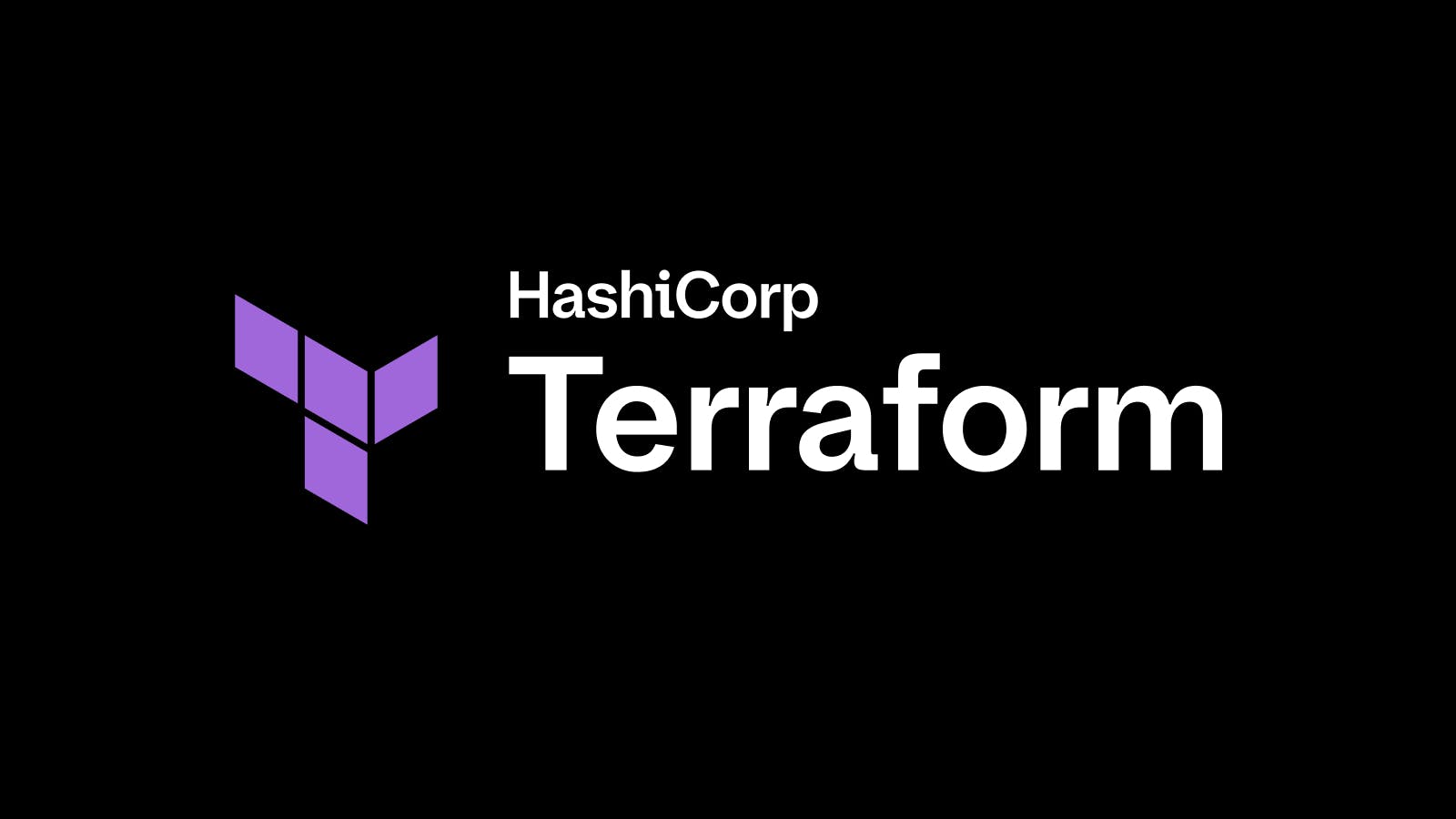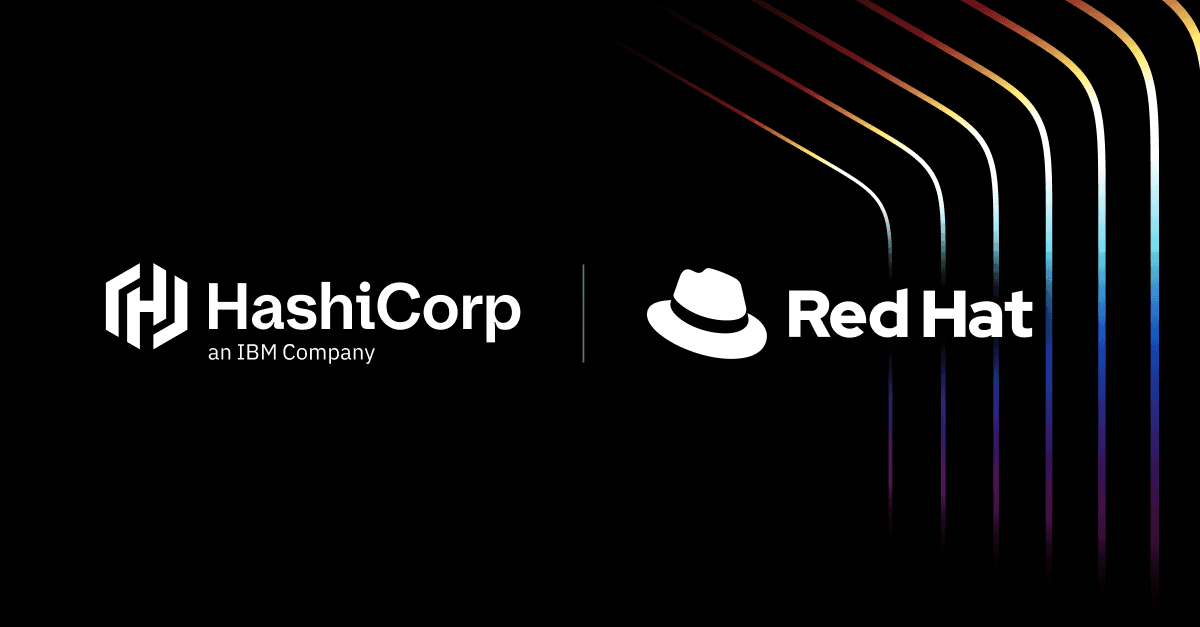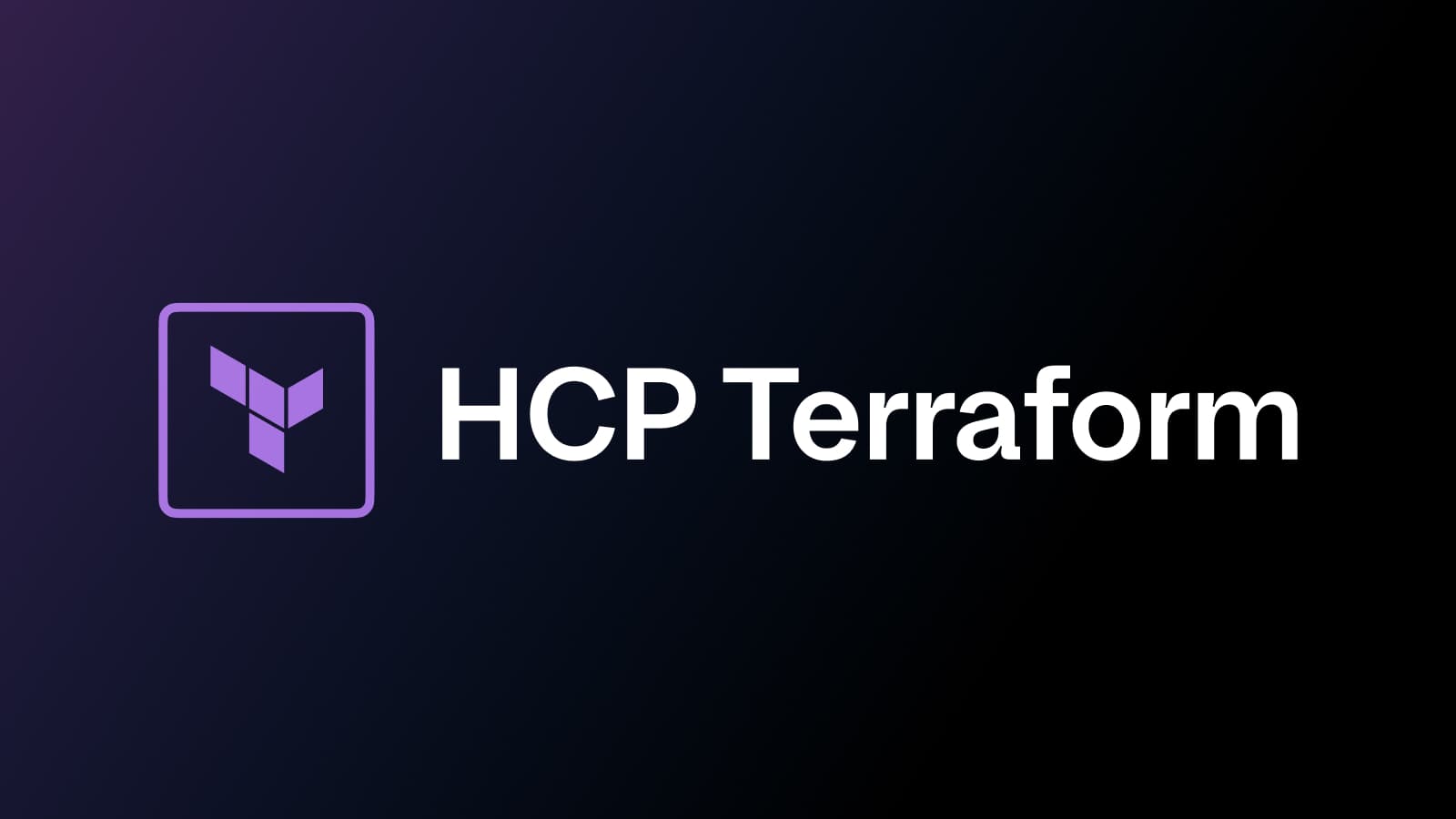Managing Ansible Automation Platform (AAP) credentials at scale with Vault
Learn how to automate SSH certificate retrieval and management through AAP, using Vault to issue signed SSH certificates on demand.


Terraform provider for Google Cloud 7.0 is now GA
Version 7.0 of the HashiCorp Terraform Google Cloud provider adds new ephemeral resources, write-only attributes, and validation logic.

How to enable developer self-service at scale with Terraform and Waypoint
Learn how to simplify Terraform self-service with HCP Waypoint’s features for building golden deployment workflows.

Terraform now supports assigning agent pools at the project level
HCP Terraform and Terraform Enterprise users can now assign default agent pools at the project level, offering a more scalable and secure approach to agent pool configuration.

Solving secret zero with Vault and OpenShift Virtualization
Explore how you can use Red Hat OpenShift Virtualization and HashiCorp Vault to solve the secret zero problem for your virtualized infrastructure

Terraform embraces Arm: More choice, greater flexibility
Supporting Arm architecture gives Terraform customers the choice and flexibility to maximize their IT investments.

HCP Terraform introduces Hold Your Own Key (HYOK)
HCP Terraform customers can now gain greater control over access to secrets within Terraform artifacts such as state and plan files with Hold Your Own Key (HYOK).